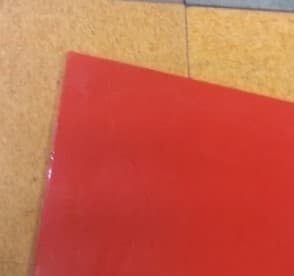What was the challenge or problem to solve?
One of the most interesting cases we have dealt with recently involved the reverse engineering of materials involved in a patent infringement claim, and for which expert reports were produced.
The patent protected the use of that material for that application, but there were discrepancies about the characteristics of the material and the scope of the patent. There was a claim by another company that was making use of the same type of material for the protected application, which was an infringement of intellectual property rights.

Thanks to this study, it was possible to establish that there was no infringement of the patent and responsibilities could be established between both parties.

To resolve the conflict of interest, we first clearly defined what characteristics made the type of material described in the patent unique. To do this, we consulted the patent documentation, bibliographic references and the expert knowledge of our team. It was determined that the type of material had specific thermal properties that differentiated it from other similar materials.
The most appropriate analytical techniques were then selected to characterise the materials. The choice was made to use laboratory equipment that would allow accurate and reliable results to be obtained.
To demonstrate whether they were the same or different materials, different types of chemical analysis, mechanical properties, as well as any additives they might contain, were carried out. After analysing the results and comparing them with the initial hypotheses, it was found that the conflicting material behaved differently from the protected material, which showed that they were not the same type, and therefore there was no infringement of the patent.



